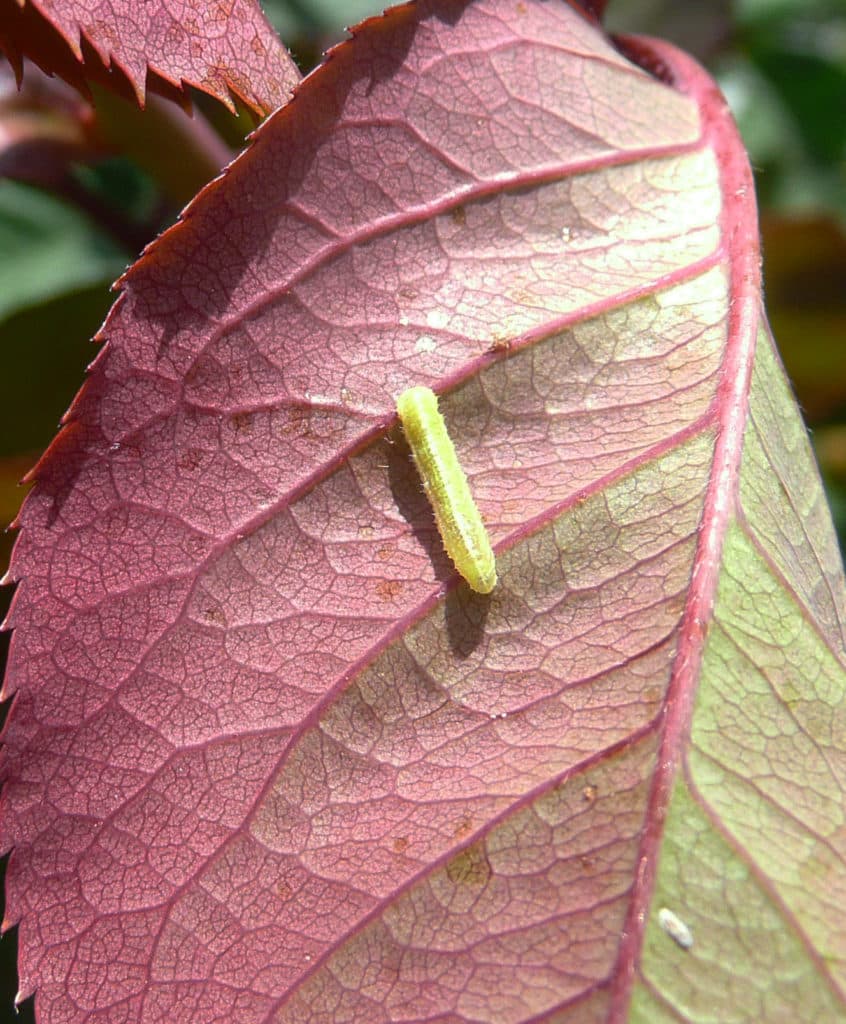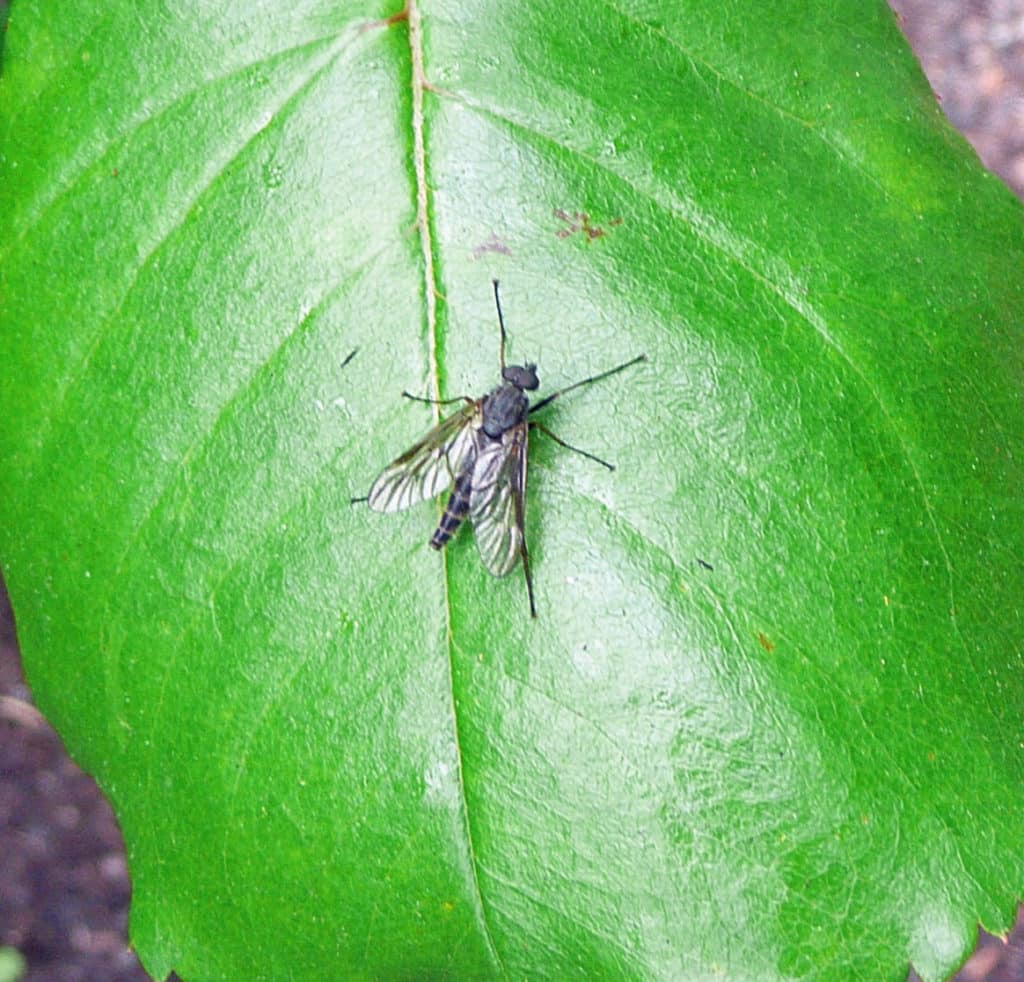Flies that find their way into the kitchen, or buzz around the barbeque are common this time of year. These irritating pest flies include the house fly, face fly, stable fly, and blow flies. They breed in animal and food wastes and decaying organic material, where they can pick up bacteria and viruses that may cause human disease. They’re generally not good to have around. Here’s information about how to manage these pesky types.
What may be surprising is that of the thousands of species of flies on the planet, only a few are common pests. There are a number that are actually beneficial, and the remainder are just part of the bigger food chain. Here are a few beneficial flies to look for in your garden:
Often referred to as flower or hover flies, syrphid flies resemble bees. The brightly colored adults are black or brown adorned with yellow banded abdomens and body markings. It’s the larvae that are the predators, while adults feast on pollen and nectar; and their movement from flower to flower makes them an important pollinator.
Tachinid fly adults can be found in almost all habitats resting on foliage, feeding at flowers, or searching for hosts. Rarely noticed by the average gardener, their beneficial activities are often overlooked. The larval stage is parasitic and attacks caterpillars, adult and larval beetles, sawfly larvae, various types of true bugs, grasshoppers, or other types of insects.
With 1,000 species native to North America, robber flies are predators of insects. Most hunt by intercepting flying insects from one of several perches in their territory. Others snag prey from vegetation or pounce on prey on the ground.
Before taking any action with a fly or other insect, remember to STOP. THINK. PROTECT!

